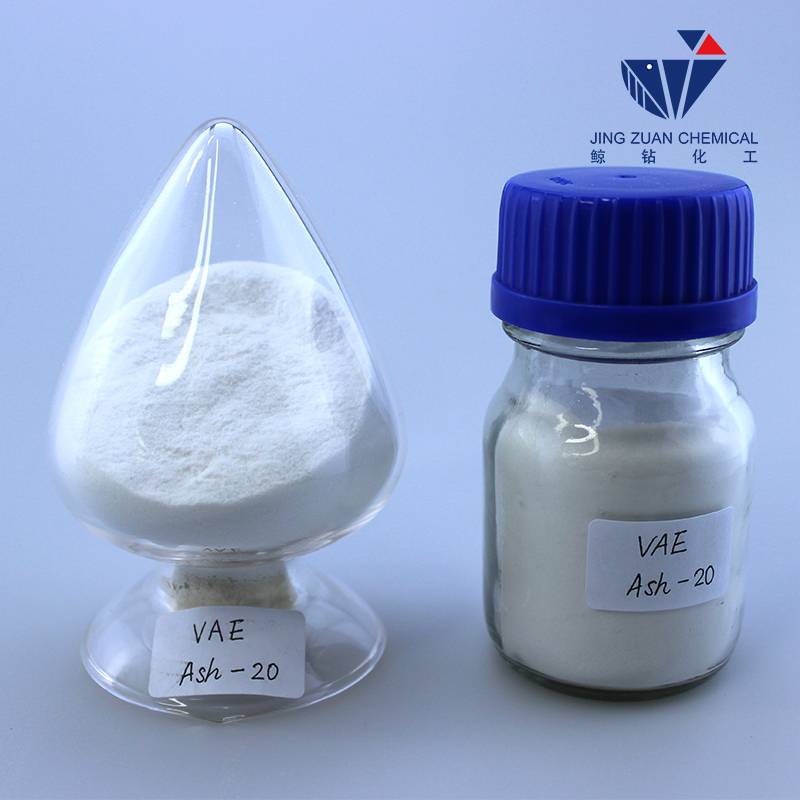
Nov . 23, 2024 04:25 Back to list
hpmc for mortar
Understanding HPMC for Mortar Applications
Hydroxypropyl Methylcellulose (HPMC) is a widely used polymer in various construction applications, particularly in the formulation of mortars. As a cellulose ether, HPMC serves multiple functions that enhance the performance of mortars, thus making it an essential additive in the construction industry.
Understanding HPMC for Mortar Applications
Another significant property of HPMC is its water-retention capability. Mortar containing HPMC can retain moisture for a longer period compared to other mortar mixes. This water retention is vital for hydration processes, particularly in cement-based mixes, as it permits a more complete chemical reaction to take place between water and cement particles. By ensuring adequate moisture availability, HPMC helps improve the overall strength and durability of the hardened mortar. This reduction in drying shrinkage and cracking is especially important in various environmental conditions, making HPMC-containing mortars suitable for both indoor and outdoor applications.
hpmc for mortar

In addition to its functional benefits, HPMC also enhances the adhesion properties of mortar. The presence of HPMC can improve the bonding between the mortar and substrates, such as bricks, concrete blocks, or tiles. This increase in adhesive strength supports the structural integrity of the construction while preventing delamination or failure at the interface over time. Enhanced adhesion is especially advantageous in applications like tile setting, where strong, reliable bonds are critical for maintaining the longevity of the installation.
Furthermore, the introduction of HPMC can contribute to a more extended open time for mortars. Open time refers to the duration that the mortar remains workable after application before it begins to set. HPMC can significantly increase this period, providing workers with more flexibility during installations. This extended working window can be particularly advantageous in large projects, enabling laborers to adjust and align materials without the concern of premature setting.
Finally, HPMC’s versatility allows it to be tailored for various mortar formulations. Manufacturers can easily adjust the properties of HPMC by modifying its molecular weight and substitution levels, making it suitable for different mortar types, including thin-set, thick-bed, and repair mortars. This adaptability ensures that HPMC can meet specific performance requirements, whether for high-strength applications or for those needing enhanced flexibility.
In conclusion, Hydroxypropyl Methylcellulose (HPMC) is a vital additive in the production of modern mortars. Its ability to improve workability, enhance water retention, increase adhesive properties, and provide a longer open time makes it an indispensable component in construction materials. As the demand for high-performance building materials continues to grow, the incorporation of HPMC in mortar formulation will undoubtedly play a significant role in advancing the future of construction technology. Whether for residential or commercial projects, harnessing the capabilities of HPMC can lead to greater efficiency and enhanced sustainability in construction practices.
-
Versatile Hpmc Uses in Different Industries
NewsJun.19,2025
-
Redispersible Powder's Role in Enhancing Durability of Construction Products
NewsJun.19,2025
-
Hydroxyethyl Cellulose Applications Driving Green Industrial Processes
NewsJun.19,2025
-
Exploring Different Redispersible Polymer Powder
NewsJun.19,2025
-
Choosing the Right Mortar Bonding Agent
NewsJun.19,2025
-
Applications and Significance of China Hpmc in Modern Industries
NewsJun.19,2025







